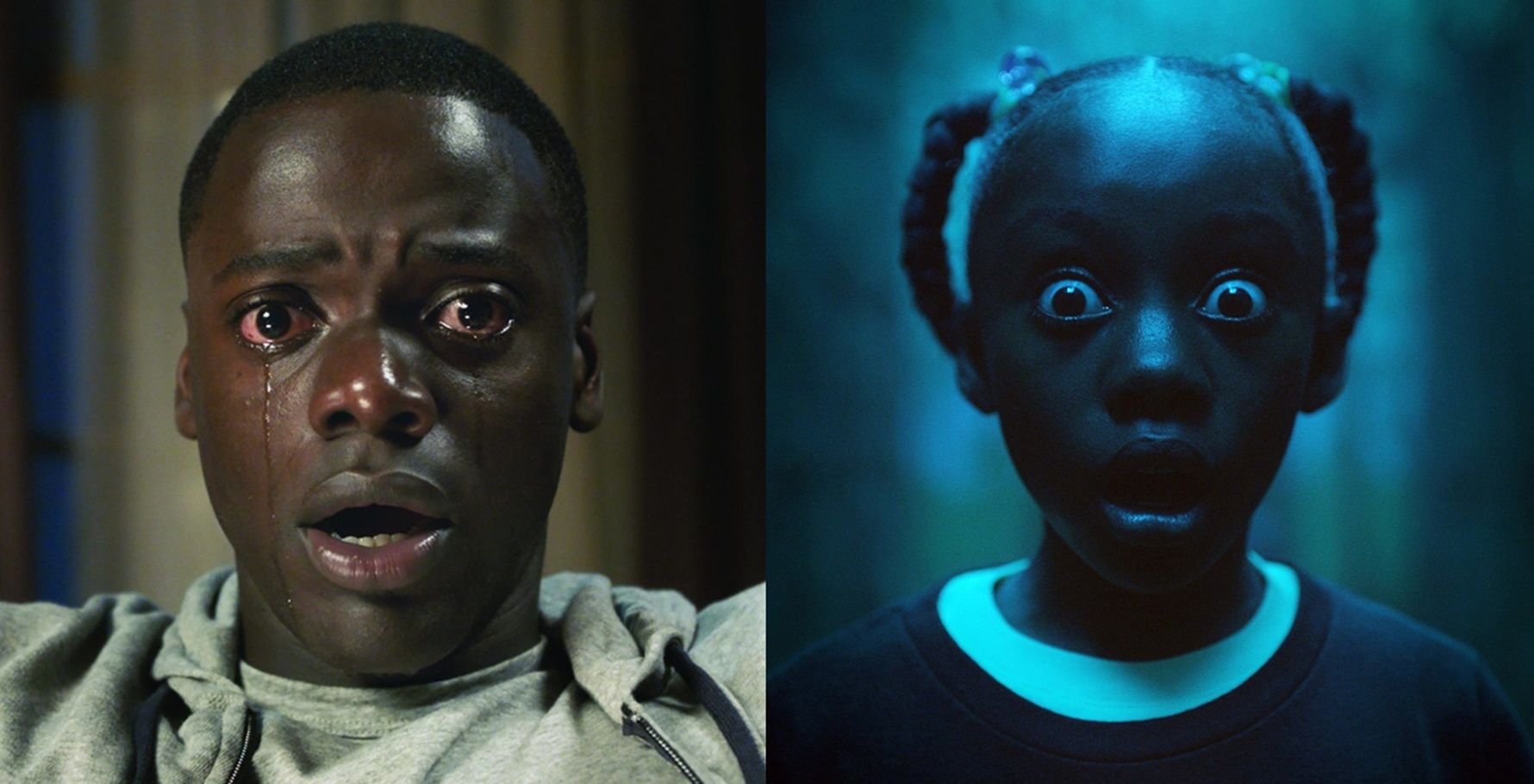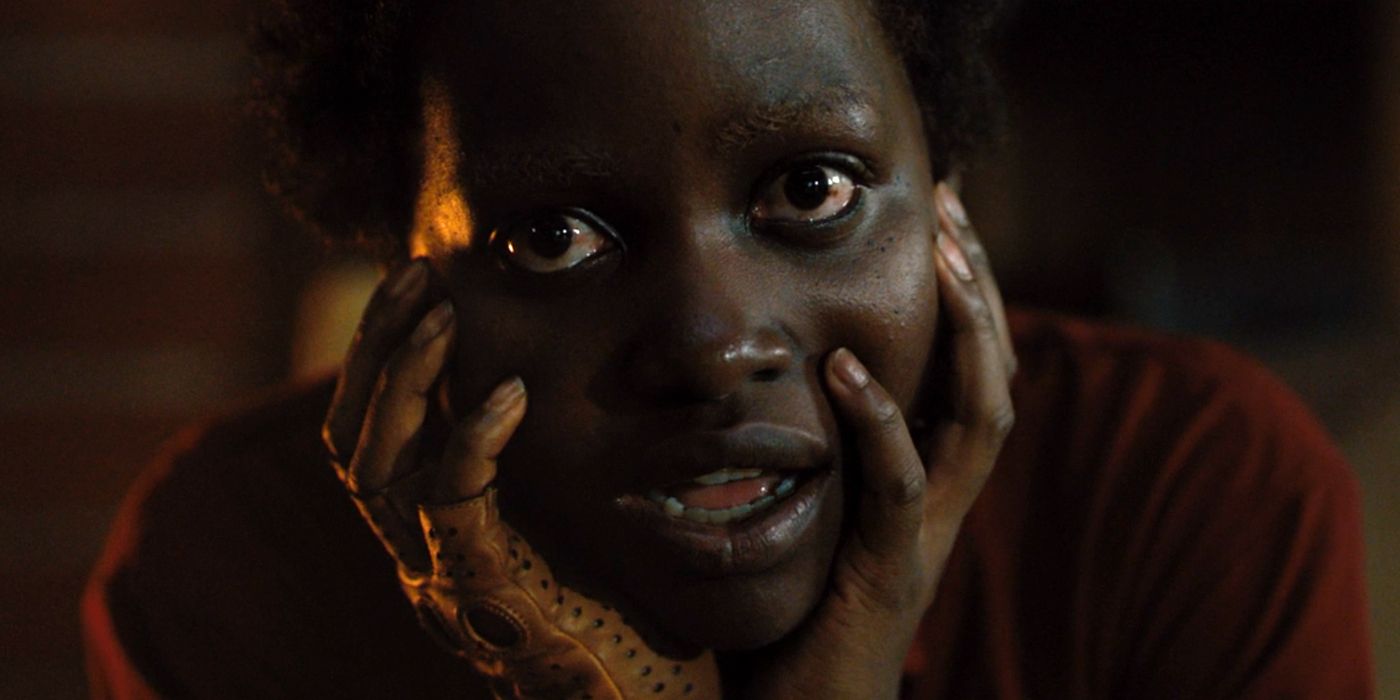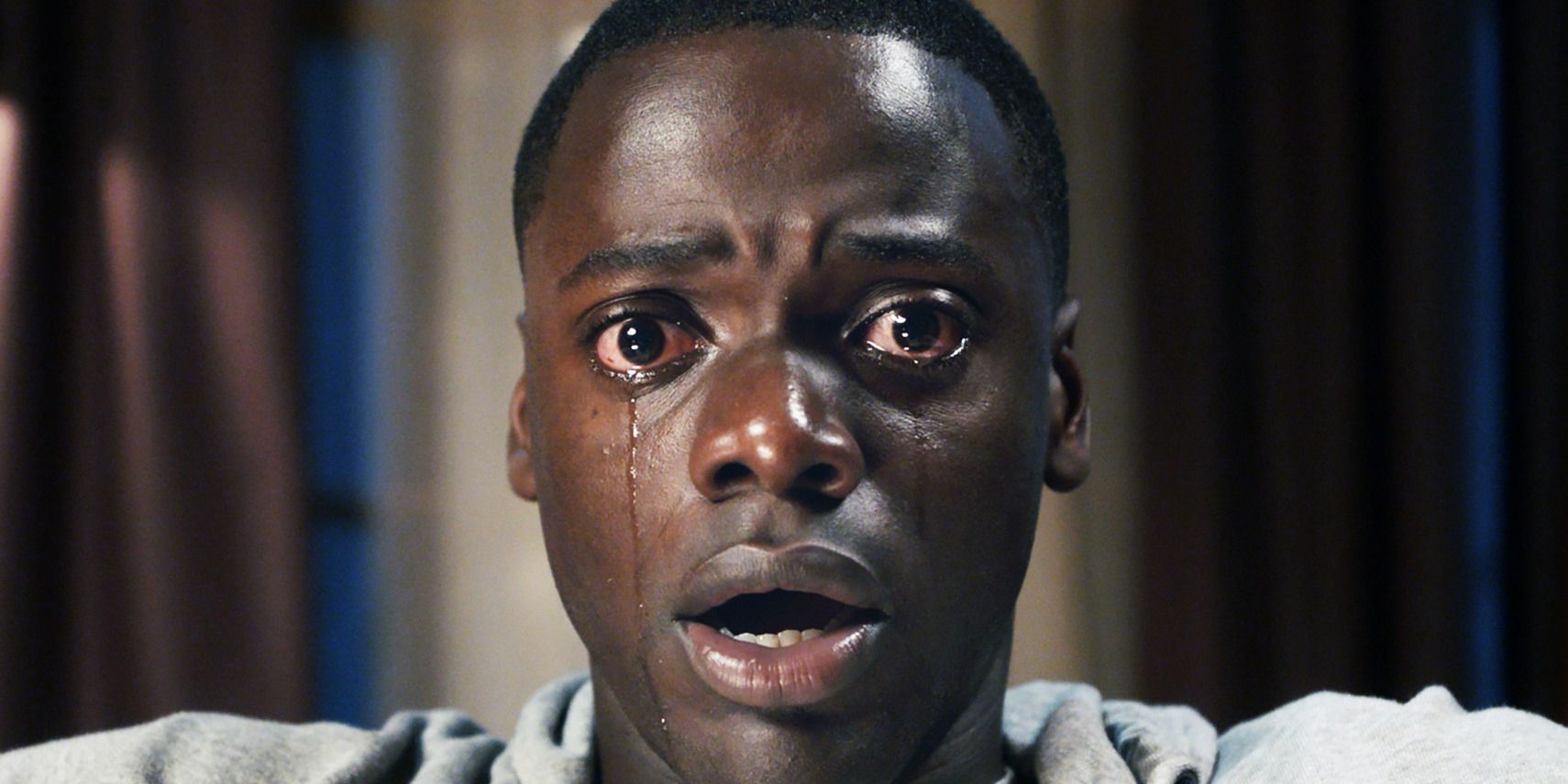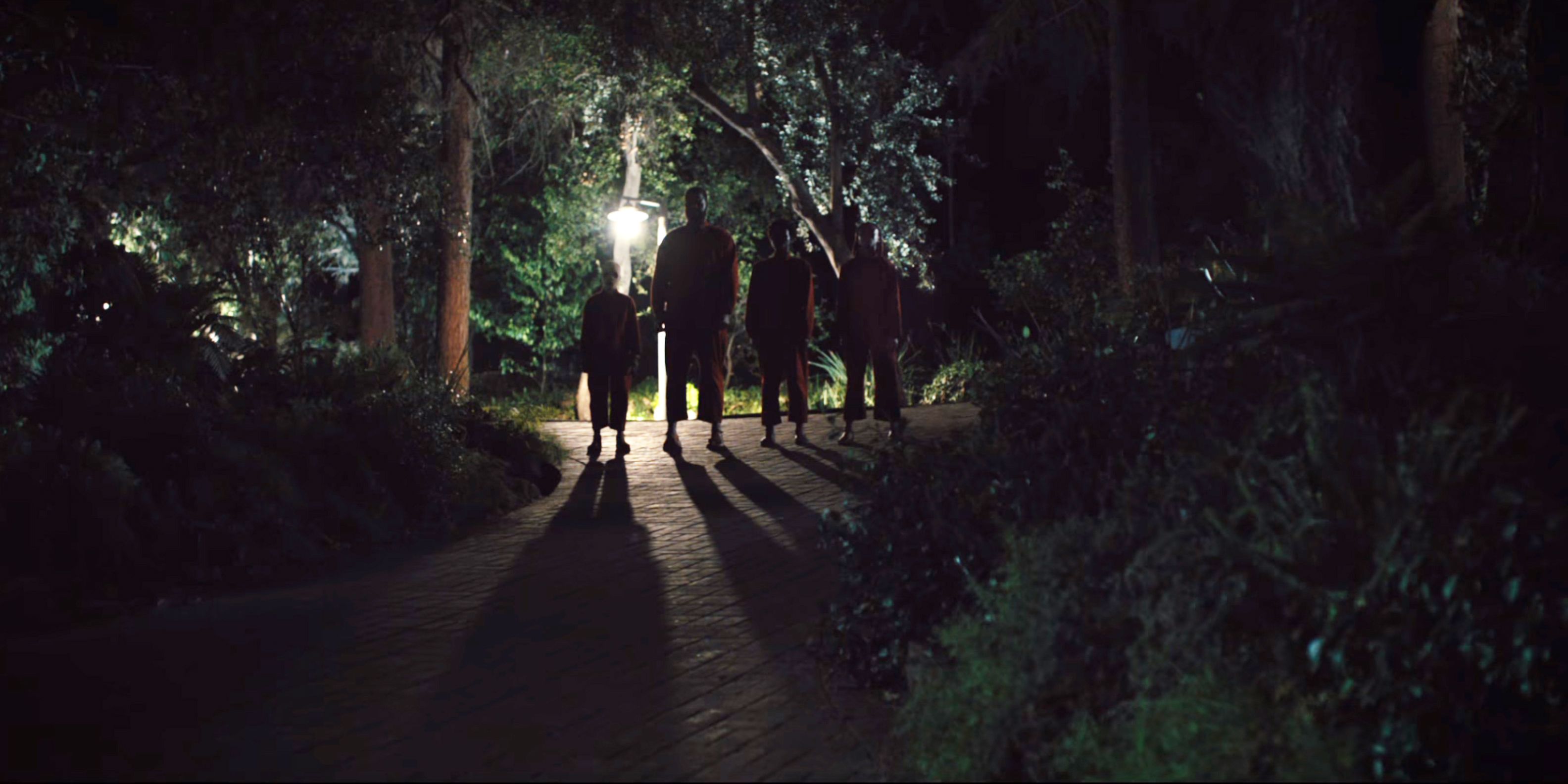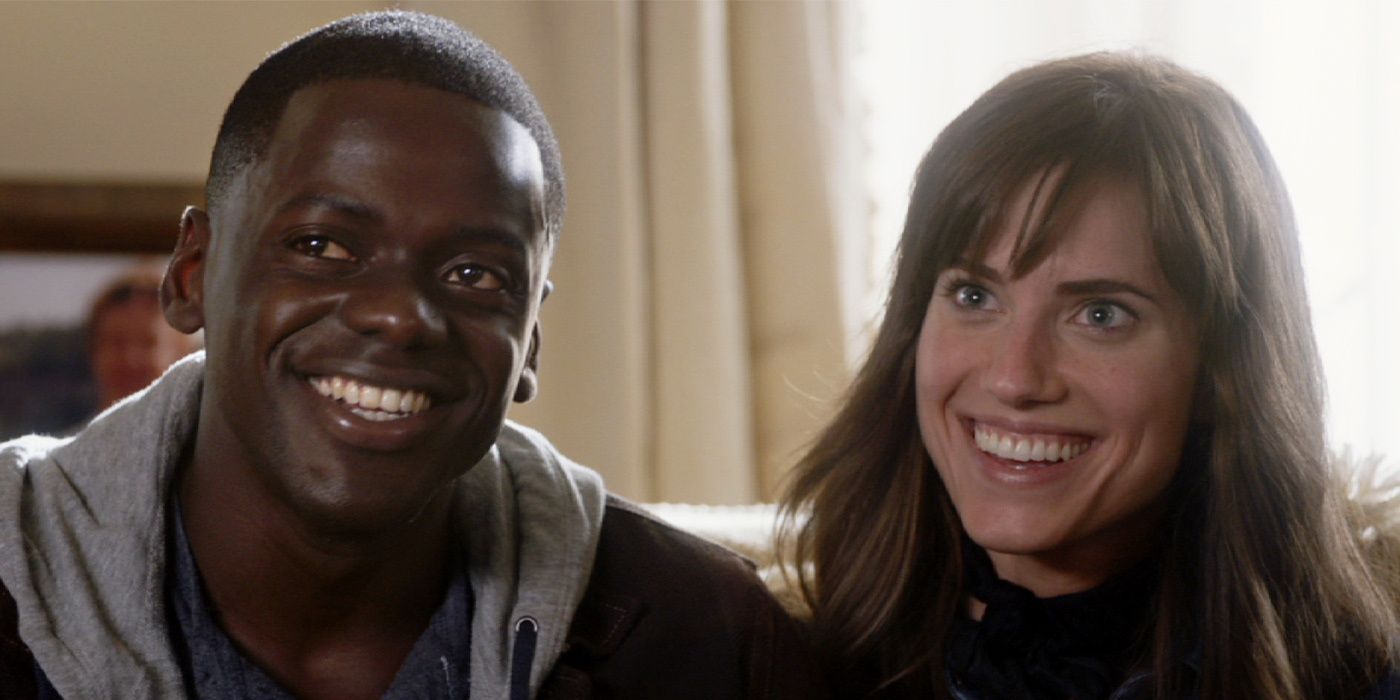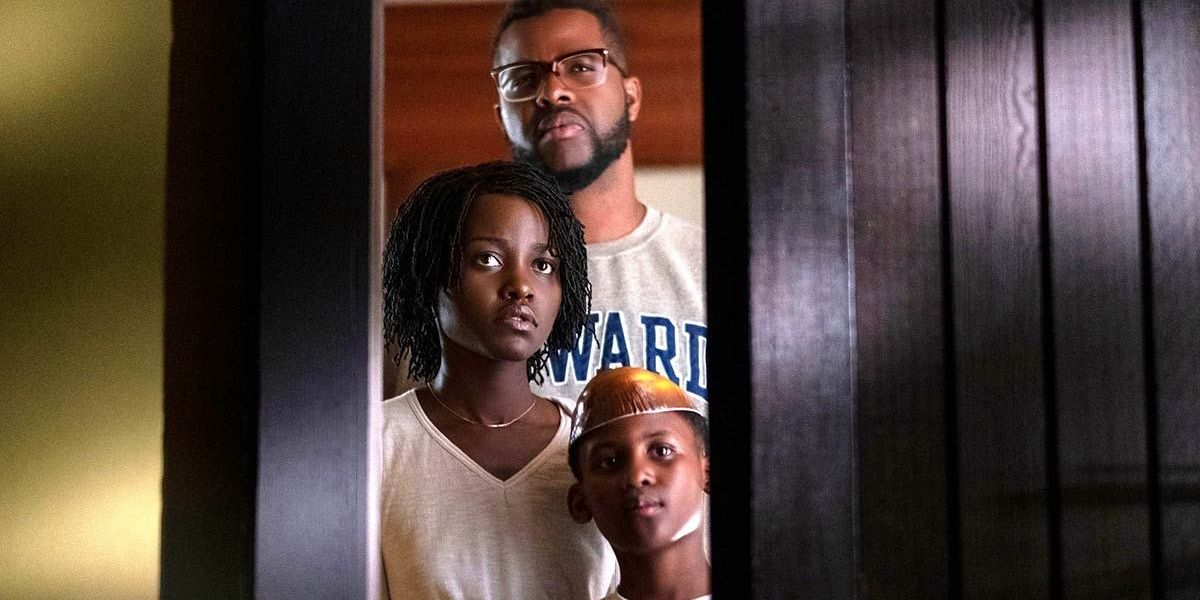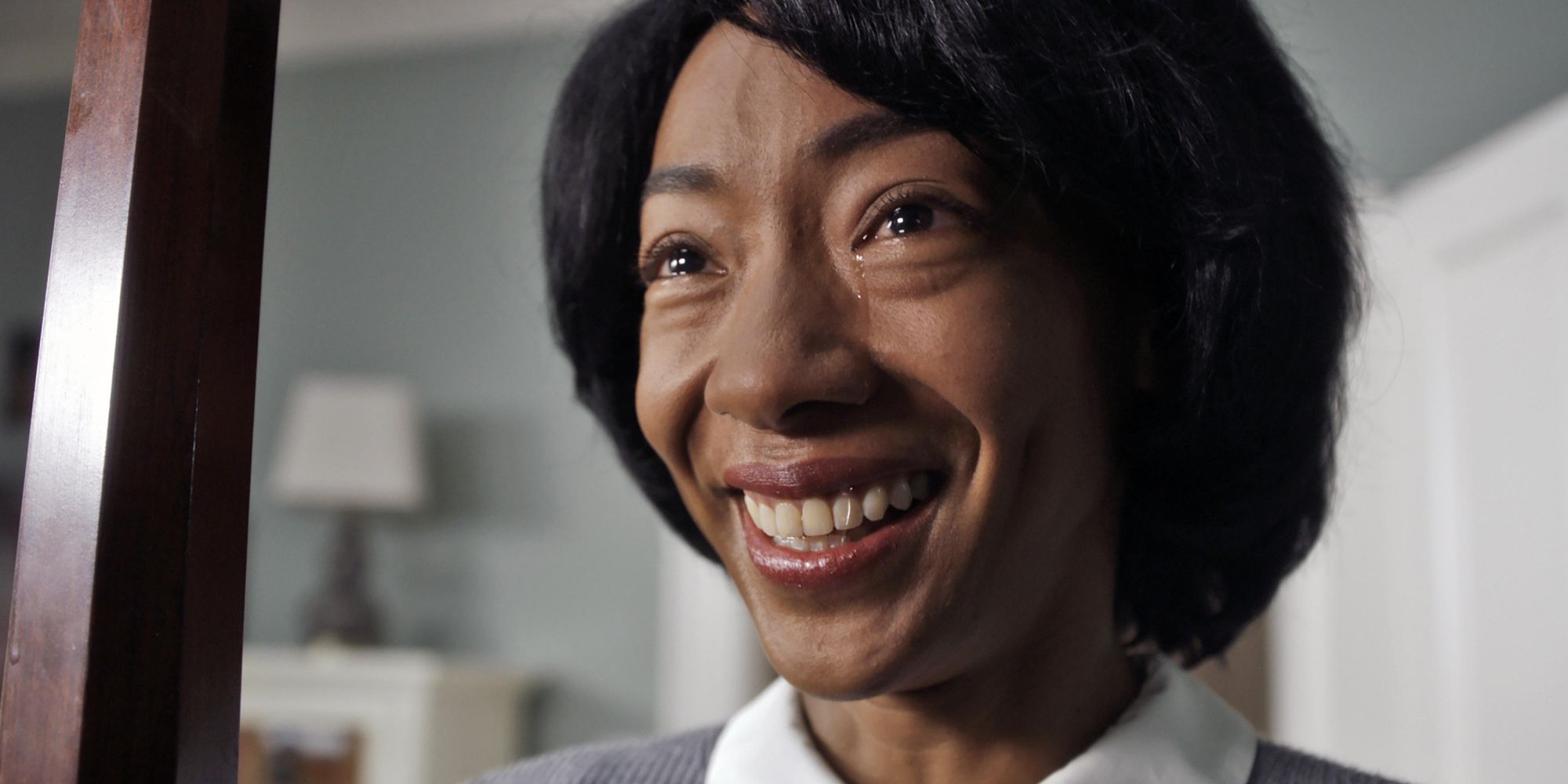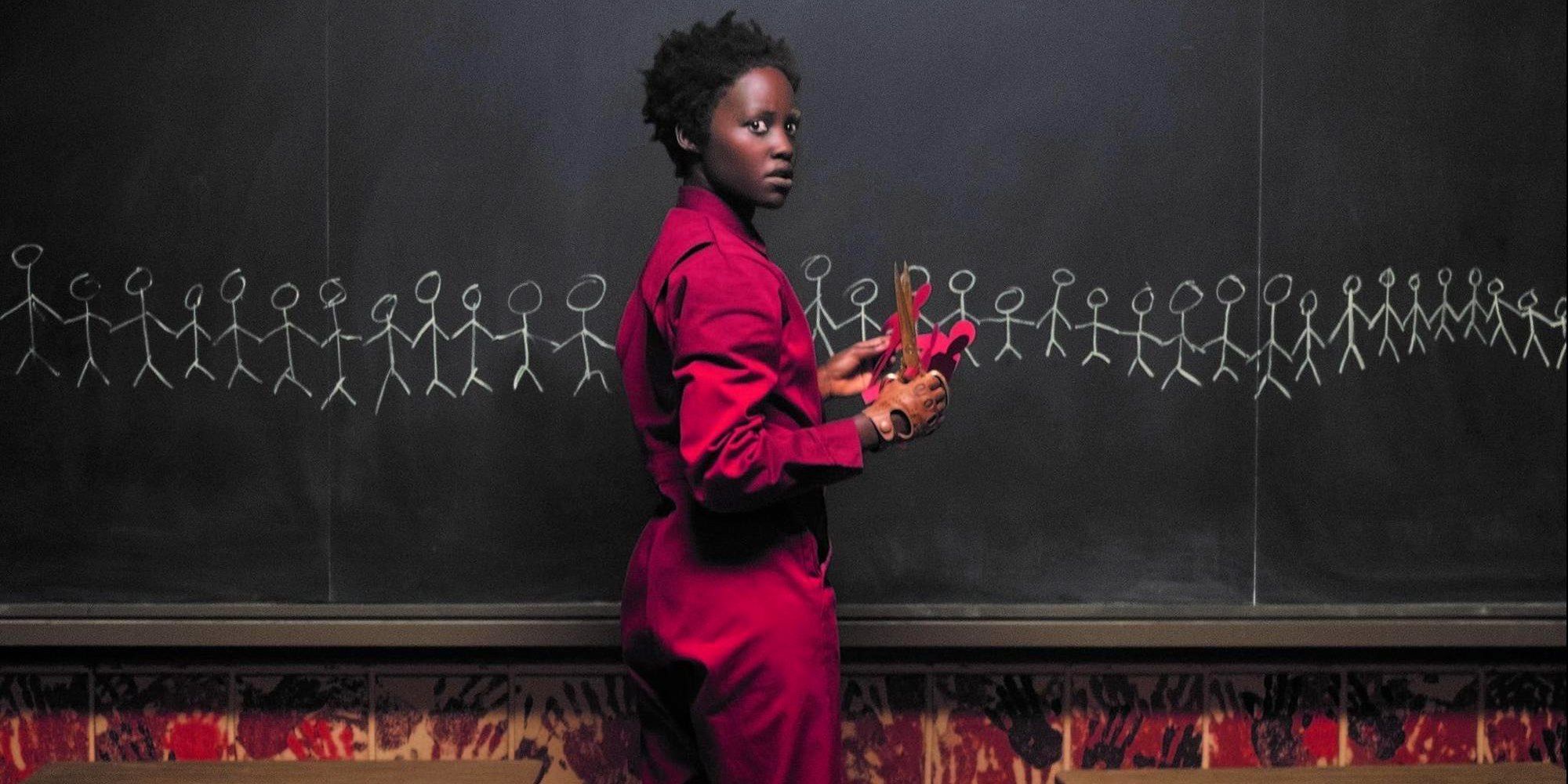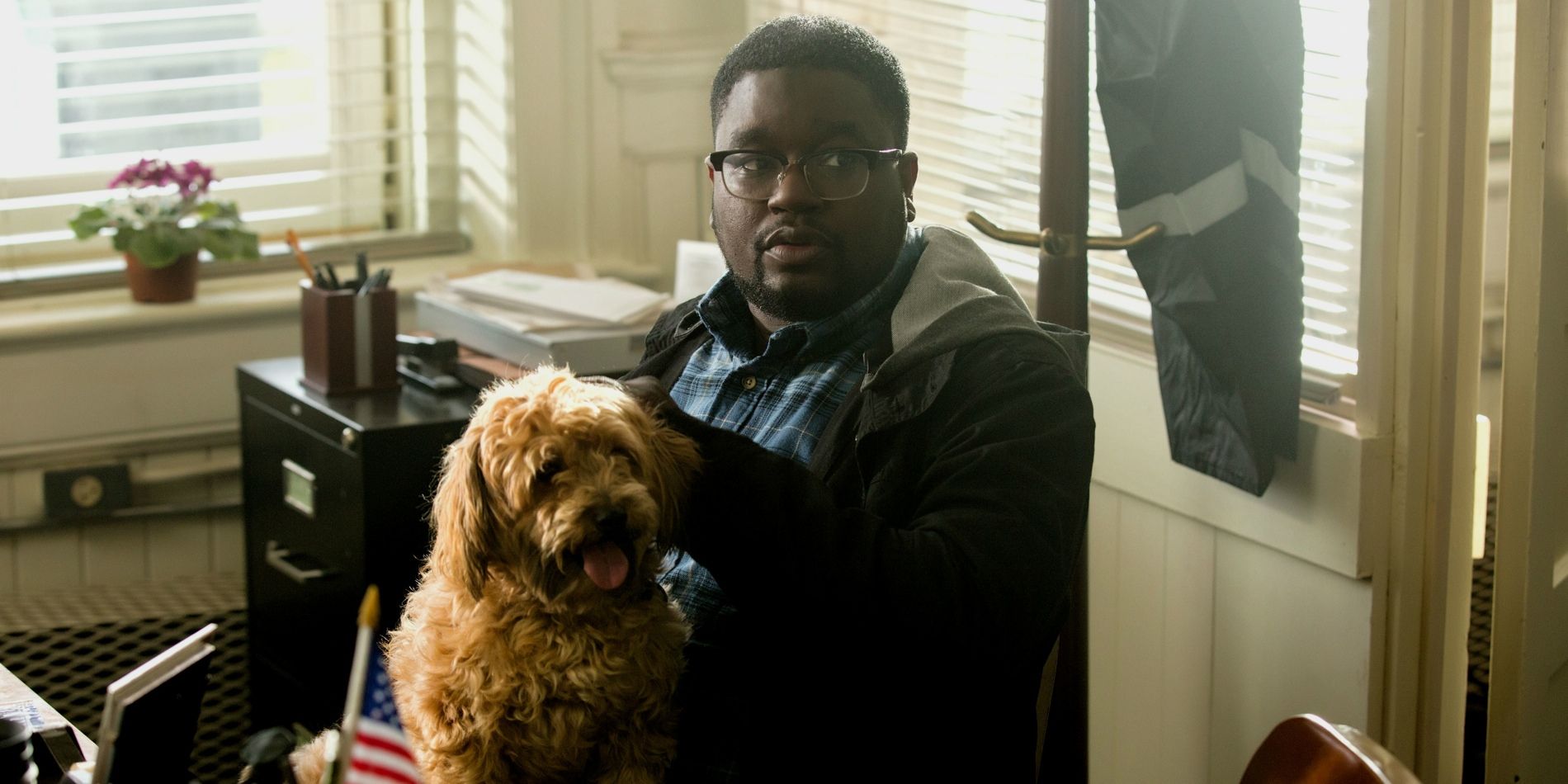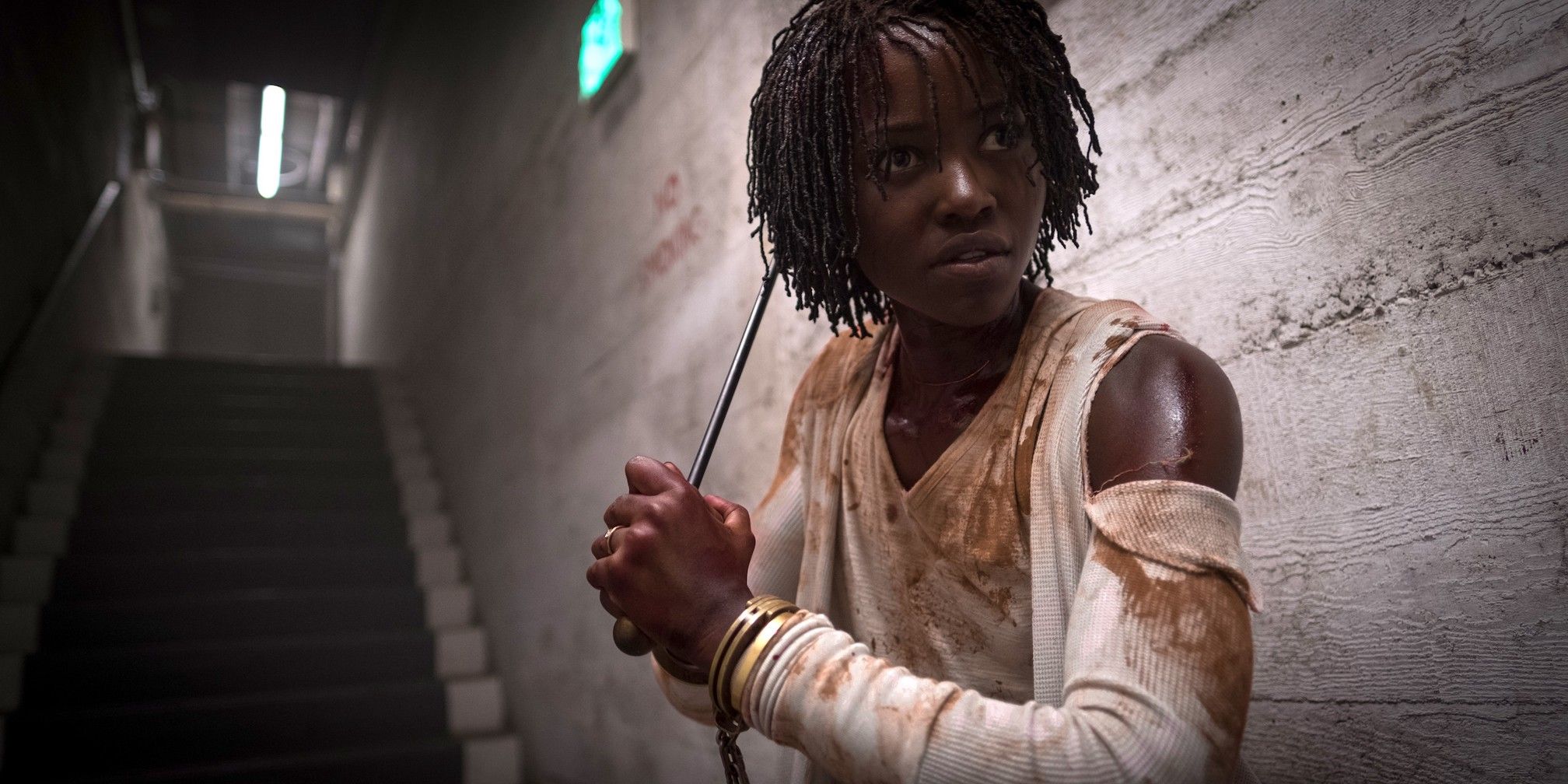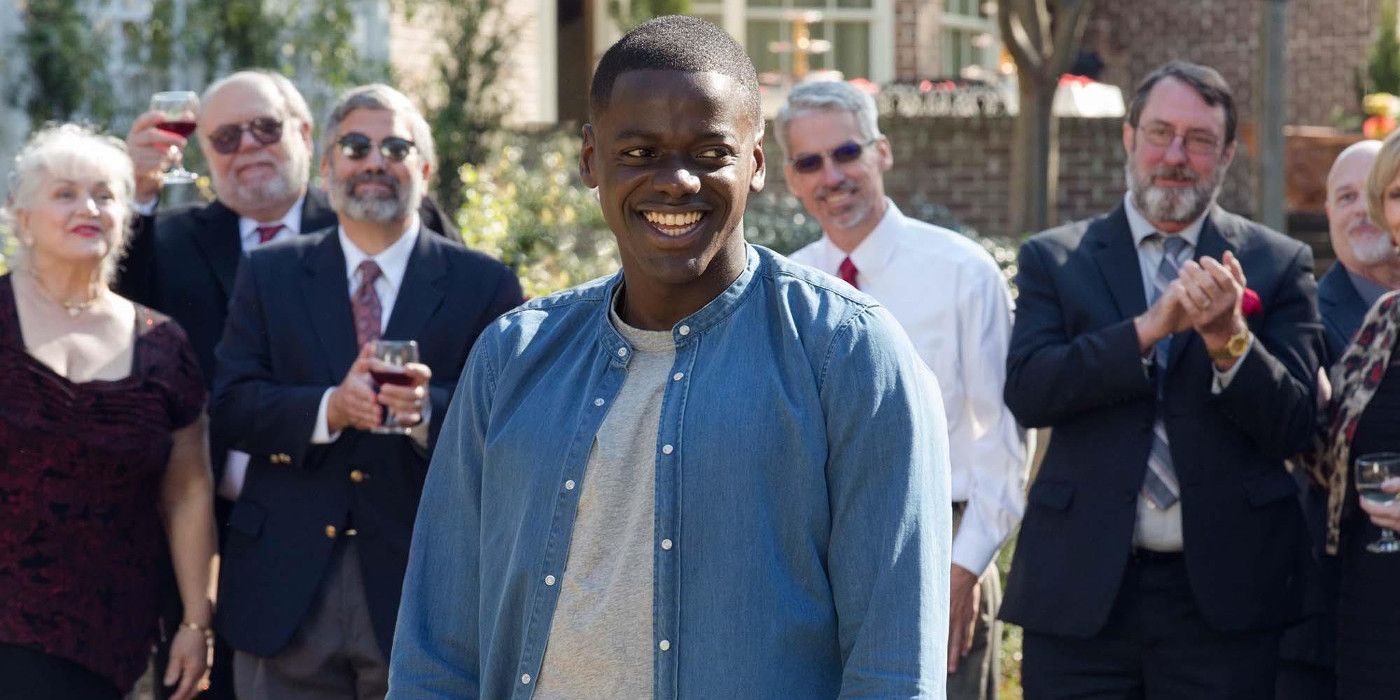Over the past couple of years, Jordan Peele has established himself as one of the freshest and most exciting filmmaking voices in the horror genre. He blazed the trail for a new wave of social thrillers with Get Out, a powerful study of race in America, and then proved he wasn’t a one-trick pony with a sophomore effort, Us, that was more of a straight scary movie, but arguably just as great. Peele recently signed a first-look deal with Universal, which means we’ll have a lot more of his movies to enjoy in the years to come. So, here are 5 Things Us Did Better Than Get Out (And 5 Things Get Out Did Better).
Us: Relentless terror
Jordan Peele reportedly wrote and directed Us as a straight horror film in response to the genre confusion surrounding Get Out. (The Golden Globes even weirdly classified a movie about the terrifying reality of racism as a comedy.) Get Out has an abundance of scary moments, like Georgina’s “No, no, no, no, no!” meltdown, but there are long stretches of calm in between. Once Us gets going, it really doesn’t let up for more than thirty seconds at a time for the rest of the movie. The Tethered show up and we’re forced to endure non-stop terror and suspense until the end credits roll.
Get Out: Social commentary
Both Get Out and Us make a point. Jordan Peele wants to impart a message with each of these movies. But it’s much clearer what Get Out’s point is, which is that racism is still very much alive in America, and that even white liberals who don’t think they’re racists can actually make people of color feel very uncomfortable with microaggressions. The point being made in Us is a lot vaguer than that. It tells audiences that they are their own worst fear, that there’s a very fine line between a hero and a villain, and that Trump’s America is like a dark mirror version of Reagan’s America, but that commentary gets a little muddled along the way.
Us: Iconography
The imagery in Us in unforgettable. Memorable iconography is one of the cornerstones of a great horror film, from the shower murder in Psycho to Freddy Krueger’s knife glove in A Nightmare on Elm Street. From the red onesies worn by the Tethered to the scissors they’re armed with to the trench coat-clad prophet starting off the Hands Across America revival on the beach, audiences won’t be getting Us’ distinctive visual markers out of their heads any time soon. Us even has musical iconography, with the creepy orchestral remix of “I Got 5 on It” playing over the climactic fight sequence.
Get Out: Tighter script
The screenplay for Get Out won Jordan Peele an Academy Award, and it’s easy to see why. It’s a brilliantly constructed script, with every scene playing an integral role in the plot and a deft balance of what information the audience knows and what information the characters know. It’s one of the most masterfully written scripts in recent memory.
Us still has a great script — the characters are well-rounded, there’s a bunch of plant-and-payoffs, and the first-act setup leads smoothly into the second-act escalation and the third-act climax — but it’s not quite as tight as the script for Get Out.
Us: Comic relief
Since Jordan Peele’s background is in comedy, there are plenty of funny moments in both Get Out and Us. However, in the latter, Peele more deftly balanced the horror with the comedy, using the humor as a comic relief to alleviate the unbearable dread created by the horror. In Get Out, there are scary scenes, like Chris’ hypnosis, and there are funny scenes, like any time Lil Rey Howery in on-screen. But in Us, there are funny moments in the scary scenes, like Elisabeth Moss telling her Alexa proxy to call the police as she’s being murdered and instead getting N.W.A.’s “F**k tha Police,” or Gabe mocking the hide-a-key (“What kinda white s**t?”) as it dawns on us that there’s nothing keeping the doppelgangers out of the house.
Get Out: Focused narrative
It felt like Peele had a lot of unconnected ideas when he was writing Us and threw them all into the pot. The ideas are very interesting — our biggest fear is ourselves, the secrets that may lie in America’s unused underground tunnels, the Hands Across America pastiche etc. — but when they come together (government-made clones are inhabiting the tunnels and come up to the surface to recreate Hands Across America), it feels a little forced. Get Out had a much sharper focus than that. Everything that came up — from Jesse Owens’ Olympic victory to the death of the deer — was entirely relevant to the plot, character development and themes of the movie without feeling at all forced.
Us: Interpretability
The themes and meaning of Get Out are very powerful and insightful, but everyone’s reading of the film is pretty much the same, from the grandpa’s resentment of Jesse Owens leading to the whole body-stealing operation to Chris stopping to save Georgina because of the guilt he feels for doing nothing to save his mother after her own hit-and-run incident. Us, on the other hand, has been interpreted a number of different ways, and every critic (and passive viewer, for that matter) seems to have their own interpretation of what it’s actually about. Is it about America? Is about “the other?" Does the son know what his mother did? Part of the fun is figuring out the meaning. It gives you something to talk about at dinner after the movie.
Get Out: Twist ending
Both Get Out and Us end with a mind-boggling twist. Get Out ends with sirens appearing out of the darkness. The audience expects a police officer to shoot Chris dead. But then they sigh with relief as it turns out to be Rod saving him. Us ends with the revelation that Red was the real Adelaide all along. Us’ twist doesn’t necessarily make sense, and there were hardly any clues leading up to it. Get Out’s twist, however, forces the audience to confront something about the world around them. For it to be a relief, the viewer has to expect the police to shoot the black man. The fact that that’s the expectation is shocking enough on its own, so Chris’ happy ending feels earned.
Us: Revealing the backstory
Both Chris and Adelaide have a backstory that we don’t know about at the beginning of the movie that is slowly revealed over the course of the runtime. However, while Get Out reveals it all in one big information dump as Chris is being hypnotized by his girlfriend’s mom, Us reveals it piece by piece over the course of the movie.
In the beginning, all we know is that Adelaide encountered her doppelganger in a hall of mirrors when she was a kid. Then we discover that she was silent for long stretches afterwards and underwent therapy. At the end, we find out that the doppelganger took the real Adelaide’s place all those years ago.
Get Out: Cultural significance
The release of Get Out was a cultural moment back in 2017. Us will probably be remembered as one of the year’s greatest horror movies when 2019 is over, but Midsommar might take the top spot. Get Out has a claim for the greatest horror movie of the decade. It tapped into an important social issue and tackled it in a way that resonated across the world. Us was acclaimed by critics, grossed a lot of money at the box office (almost exactly as much as Get Out, actually), and it was a talking point for months, but it wasn’t the instant classic that Get Out was.

